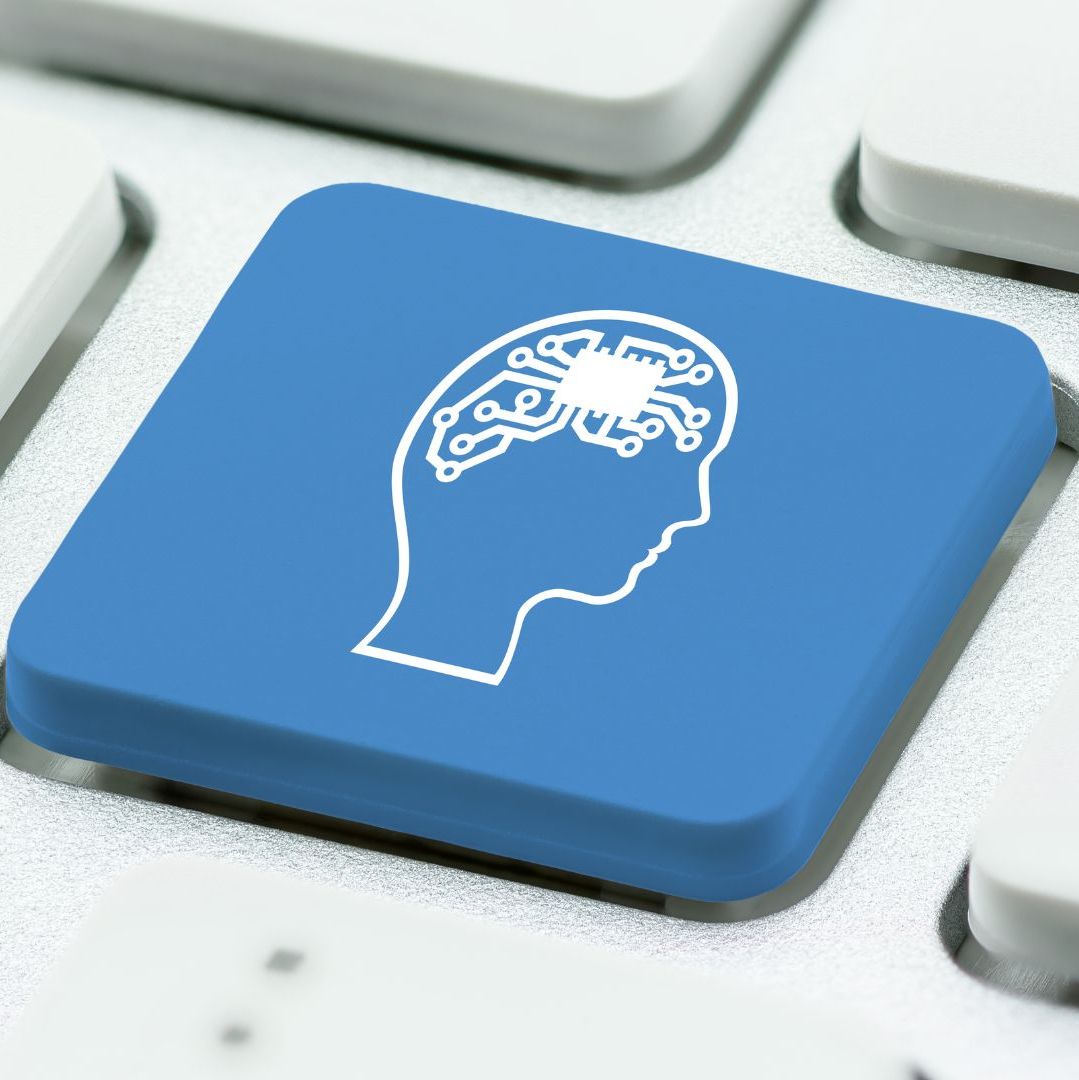Handling Accents and Dialect Recognition
How Does Your Service Handle Accents or Dialects?
With the advent of digital communication, individuals and organisations frequently encounter diverse accents and dialects. This diversity enriches our interactions but also presents unique challenges, especially in transcription and speech-to-text services. Addressing the question, “How does your service handle accents or dialects?” is paramount for any service provider aiming to stand out in the competitive field of transcription services.
The importance of accommodating accents and dialects in transcription services cannot be overstated. It ensures that every voice is heard and accurately represented, irrespective of their linguistic background. This inclusivity is crucial for multicultural organisations, immigration services, and global market researchers who rely on accurate and comprehensive data.
Common questions include:
- How do transcription services ensure accuracy across different accents?
- What technological advancements aid in dialect recognition in speech-to-text?
- Are inclusive transcription services more effective for global research and communication?
Accents and Dialects: Ensuring Inclusivity in Transcription Services
The Importance of Accents Transcription in a Globalised World
In any global communication, accents embody the rich diversity of our world’s cultures and languages. The task of accents transcription goes beyond mere conversion of speech into text; it involves capturing the unique characteristics of spoken language that convey identity, emotion, and intent. This is particularly crucial in a globalised world where businesses, educational institutions, healthcare providers, and legal services must communicate across cultural and linguistic barriers.
Accents transcription ensures that every voice, regardless of its origin or tonal quality, is accurately documented and understood. This inclusivity strengthens cross-cultural communication, fosters understanding, and supports the global exchange of ideas.

Moreover, the accurate transcription of accents opens doors to untapped markets and research opportunities. For multinational companies and global market researchers, understanding regional dialects and accents can provide insights into consumer behaviour, cultural preferences, and local trends.
Similarly, in academic research, accurately transcribed interviews that preserve the speaker’s accent can offer deeper qualitative insights into social, linguistic, and cultural phenomena. In essence, the importance of accents transcription lies not only in its technical ability to document speech but also in its capacity to bridge cultural divides, thereby enriching global communication.
Dialect Recognition: Bridging the Gap in Speech-to-text
Dialect recognition represents a critical frontier in the evolution of speech-to-text technology. It addresses the complex challenge of understanding and transcribing the myriad ways in which language is spoken across different regions and communities.
Traditional speech recognition systems often struggle with dialectal variations, leading to inaccuracies that can distort the speaker’s message and intent. Bridging this gap requires sophisticated algorithms capable of identifying subtle linguistic nuances and adapting to the diverse spectrum of global speech patterns. Dialect recognition technology thus plays a pivotal role in making speech-to-text services more accessible and effective for everyone, regardless of where they come from or how they speak.
Advancements in dialect recognition are not just technical achievements; they are steps towards a more inclusive digital world. For communities with distinct dialects, improved recognition means their voices can be accurately represented in digital content, educational materials, and public services. This inclusivity is particularly impactful in areas such as telemedicine, where accurate transcription of patient speech can be crucial for diagnosis and treatment.
Furthermore, in legal and historical documentation, the precision offered by advanced dialect recognition ensures that testimonies and narratives are preserved with fidelity, honouring the speaker’s voice and context. As speech-to-text technology continues to evolve, its capacity to understand and embrace linguistic diversity will undoubtedly transform how we communicate, learn, and connect across the globe.
Technological Innovations in Accent Recognition
Technological advancements have significantly improved the ability of transcription services to recognise and accurately transcribe diverse accents. At the forefront of these innovations are sophisticated algorithms and neural network models that learn from vast datasets, encompassing a wide array of speech patterns, tones, and inflections. These technologies enable transcription services to distinguish between similar phonetic sounds across different accents, a task that has traditionally posed significant challenges.
By leveraging machine learning and artificial intelligence, transcription tools can now adapt and improve over time, constantly refining their ability to understand the nuances of global languages. This continuous learning process is crucial for services that aim to serve a global audience, ensuring that every individual’s speech is captured with precision and authenticity.
Moreover, the integration of context-aware processing algorithms has enhanced the capability of transcription services to interpret accents within specific contexts. This means that technology can now take into account the linguistic and cultural background of the speaker, as well as the subject matter being discussed, to make more accurate transcriptions.
For instance, industry-specific terminologies and jargon are recognised and correctly transcribed, regardless of the speaker’s accent. These technological innovations not only improve the accuracy of transcriptions but also make digital communication tools more accessible to people worldwide, breaking down barriers caused by linguistic diversity. As these technologies continue to evolve, they promise to further democratise access to information and facilitate clearer, more inclusive communication across borders.
Inclusive Transcription Services: A Necessity for Multicultural Communication
Inclusive transcription services are essential in today’s multicultural and multilingual world. These services go beyond mere transcription; they ensure that every voice, regardless of its origin, is accurately captured and represented. This inclusivity is paramount in environments such as international conferences, legal proceedings, medical consultations, and educational settings, where the clear and precise communication of diverse voices is critical.
Inclusive transcription services employ a combination of advanced technology and human expertise to navigate the complexities of accents, dialects, and cultural nuances, thereby enabling effective communication across different linguistic backgrounds. They recognise the importance of understanding and respecting the diversity of human speech, thereby fostering an environment where every participant can be clearly understood and valued.
The necessity of inclusive transcription services extends into the realm of global market research, where understanding local dialects and accents can unveil deeper insights into consumer behaviours and preferences. These services allow researchers to accurately capture spoken feedback, interviews, and focus groups involving participants from varied linguistic backgrounds. The resulting transcripts are rich with cultural nuances and regional specifics, providing companies with a deeper understanding of global markets.
Additionally, in multicultural communities, these transcription services enable government agencies and NGOs to communicate more effectively with constituents, ensuring that public services and information are accessible to all. By prioritising inclusivity, transcription services play a vital role in bridging communication gaps, enhancing mutual understanding, and promoting equity in global discourse.
The Role of AI and Machine Learning in Enhancing Transcription Accuracy
The integration of Artificial Intelligence (AI) and Machine Learning (ML) into transcription services has revolutionised the way we understand and transcribe human speech. AI and ML algorithms analyse vast amounts of audio data, learning from the subtleties of human language, including the nuances of accents and dialects. This capacity for learning and adaptation is crucial for enhancing transcription accuracy, as it allows the technology to improve over time, recognising and correcting its mistakes.
These technologies are especially beneficial in handling non-standard speech patterns and regional accents, which have traditionally posed significant challenges to transcription accuracy. By continuously learning from a diverse array of speech samples, AI-driven transcription services can offer unparalleled precision, ensuring that every word is captured as intended, regardless of the speaker’s accent or dialect.
Furthermore, AI and ML contribute to transcription services by enabling context-aware recognition. This means that these technologies can understand the context in which words and phrases are used, improving their ability to accurately transcribe homophones and industry-specific jargon. For example, in medical transcription, the context-aware capabilities of AI can differentiate between terms that sound similar but have different meanings, based on the discussion’s context.
This level of precision is indispensable in professional settings where accuracy can have significant implications, such as in legal proceedings, medical diagnostics, and academic research. The role of AI and ML in transcription is thus not only about enhancing accuracy but also about ensuring that the transcription is meaningful and reliable, reflecting the true intent of the speaker.

Case Studies: Overcoming Challenges in Accents Transcription
Accents and dialects present unique challenges in the field of transcription, where the goal is to accurately capture and represent spoken language in written form. However, through innovative approaches and the use of advanced technologies, many transcription services have successfully overcome these hurdles. One notable case involved a global research project that aimed to gather and analyse spoken testimonials from participants across various continents.
The project faced significant challenges due to the wide range of accents and dialects, which affected the accuracy of the automated transcription tools being used. By incorporating a combination of AI-driven speech recognition software trained on diverse linguistic data sets and the expertise of human transcribers familiar with the specific accents, the project achieved high levels of transcription accuracy. This dual approach ensured that the nuances of each accent were captured, and the context of the spoken word was accurately reflected in the transcriptions.
Another case study focuses on a legal proceeding involving witnesses from multiple linguistic backgrounds. The complexity of accurately transcribing these testimonies, each with its distinct accent and dialect, was critical for ensuring a fair trial. The transcription service employed used advanced dialect recognition technology to initially process the audio recordings. Subsequently, linguists and transcriptionists specialising in those particular accents and dialects reviewed the automated transcripts.
This meticulous process not only significantly reduced errors common in accent transcription but also ensured that the transcribed testimonies were both accurate and culturally sensitive, reflecting the speakers’ intended meanings. These case studies exemplify how combining technology with human expertise can effectively address the challenges posed by accents and dialects in transcription, ensuring inclusivity and accuracy in every transcript.
Human Intervention in Transcription: Ensuring Accuracy and Cultural Sensitivity
Human intervention plays an indispensable role in transcription services, particularly when it comes to ensuring accuracy and cultural sensitivity in the transcription of accents and dialects. While AI and machine learning technologies have made significant strides in recognising diverse speech patterns, the nuanced understanding of cultural context, idiomatic expressions, and regional colloquialisms often requires a human touch.
Transcribers and linguists bring an invaluable layer of interpretation that technology alone cannot replicate, especially in complex scenarios where accents and dialects are heavily influenced by local cultures. This human aspect ensures that transcriptions are not only accurate in the linguistic sense but are also respectful and reflective of the speaker’s cultural background, thereby preventing misinterpretation and misrepresentation of the spoken word.
Moreover, human intervention in transcription processes allows for adaptive responses to feedback and continuous improvement in service quality. Transcribers, by engaging directly with the subtleties of language and speech, contribute to refining the databases used by AI, making these systems more effective over time.
This synergy between human expertise and technological advancement creates a robust framework for handling the diversity of global languages and dialects, ensuring that every voice is heard clearly and accurately. In essence, human intervention is critical for maintaining the integrity and inclusivity of transcription services, making them more adaptable and sensitive to the rich tapestry of human communication.
Global Market Research: The Need for Dialect-Aware Transcription Services
The need for dialect-aware transcription services is increasingly evident. Market researchers often engage with diverse populations, each with their unique linguistic characteristics, to gather insights that drive strategic decisions. The ability to accurately transcribe and analyse conversations, focus groups, and interviews across different dialects is crucial for extracting meaningful data that reflects the true sentiments and preferences of these populations.
Dialect-aware transcription services enable researchers to bridge linguistic gaps, ensuring that no crucial piece of information is lost or misinterpreted due to language barriers. This level of detail and accuracy in transcription provides a solid foundation for market analysis, customer profiling, and the development of targeted marketing strategies.
Furthermore, dialect-aware transcription services contribute significantly to the authenticity and reliability of market research findings. By accurately capturing the nuances of spoken language, these services ensure that the voice of the customer is authentically represented, allowing businesses to make informed decisions based on genuine customer insights. This approach not only enhances the quality of the research but also fosters trust and credibility in the findings. In an era where understanding the global market landscape is key to success, dialect-aware transcription services stand as vital tools for companies looking to navigate the complexities of international business and communication.
The Legal and Ethical Aspects of Transcription in Multilingual Settings
Navigating the legal and ethical landscape of transcription in multilingual settings presents a complex array of challenges and responsibilities for transcription service providers. Legally, the accurate transcription of speech across various languages and dialects is not merely a matter of fidelity to the spoken word but also of ensuring that all participants in a conversation, regardless of their linguistic background, are represented equitably.
This is especially pertinent in legal proceedings, medical consultations, and other contexts where the stakes of misinterpretation are high. Ethically, transcription services are entrusted with the task of handling sensitive personal and cultural information with the utmost respect and confidentiality. This includes the ethical obligation to accurately convey the speaker’s intent without imposing bias or distortion, thereby maintaining the integrity of the transcribed text.

Moreover, the legal requirement for data protection and privacy poses additional considerations in the transcription of multilingual communications. Transcription services must navigate the complexities of global data protection regulations, such as the GDPR in the European Union, which mandate strict guidelines on the processing and storage of personal data.
Ensuring compliance while handling audio recordings and transcripts across different languages underscores the need for robust data security measures and ethical practices that respect the privacy and rights of all individuals involved. Thus, the legal and ethical aspects of transcription in multilingual settings demand a careful balance between accuracy, inclusivity, and compliance, underlining the importance of ethical standards and legal frameworks in guiding transcription practices.
Future Trends in Speech Recognition Technology and Its Impact on Transcription Services
The future of speech recognition technology holds promising developments that are poised to further transform transcription services. Advances in AI and machine learning algorithms are expected to drive significant improvements in the accuracy of speech recognition, particularly in the context of diverse accents and dialects.
One emerging trend is the development of more personalised speech recognition systems that can adapt to individual speech patterns, reducing the incidence of errors and enhancing the overall user experience. Additionally, the integration of semantic analysis capabilities will enable these systems to understand the context and meaning behind spoken words more effectively, providing richer and more accurate transcriptions.
Another key trend is the increasing emphasis on privacy and security in the development of speech recognition technologies. As these systems require access to vast amounts of voice data, ensuring the confidentiality and security of this information is paramount. Innovations in encrypted speech processing and secure data handling are expected to address these concerns, making speech recognition technologies more trustworthy for users.
Furthermore, the expansion of speech recognition applications into new domains, such as real-time translation services and voice-driven analytics, underscores the growing impact of these technologies on global communication and information sharing. As speech recognition technology continues to evolve, its role in enhancing the accessibility, accuracy, and inclusivity of transcription services will undoubtedly expand, bridging linguistic divides and fostering clearer understanding across the globe.
Key Tips For Accent Transcription
- Consider the linguistic diversity of your audience or research subjects when choosing a transcription service.
- Look for services that highlight their capability in handling multiple accents and dialects.
- Ensure the transcription service you choose prioritises inclusivity and cultural sensitivity.
- Inquire about the blend of technology and human expertise in handling complex linguistic features.
- Assess the quality assurance processes in place for transcription services, especially for projects involving multiple dialects.
Inclusive Transcription Services Feature
In this short guide, we’ve explored the critical role of accents transcription and dialect recognition in providing inclusive transcription services. Way With Words stands at the forefront of this mission, offering an advanced and customised set of transcription and speech-to-text solutions designed for high accuracy across diverse settings. With a combination of cutting-edge technology and skilled human transcriptionists, Way With Words ensures that every transcript is not only accurate but also culturally and contextually sensitive. Moreover, all transcripts undergo rigorous quality checks and are GDPR and fully data compliant, offering peace of mind for clients across various sectors.
The need for inclusive transcription services that can accurately capture and represent diverse accents and dialects has never been more critical. This guide has highlighted the significance of accent transcription and dialect recognition in global communication and research, showcasing how technological advancements and human expertise come together to meet these challenges. The key to success lies in choosing a service that not only understands these complexities but also actively embraces them.
Dialect Recognition Speech-to-text Resources
Way With Words – Your ultimate solution for all your transcription and speech-to-text needs and custom requirements.
LD Resources – Speech-to-text For Students With Disabilities ,Apps, Tools, and Software.
